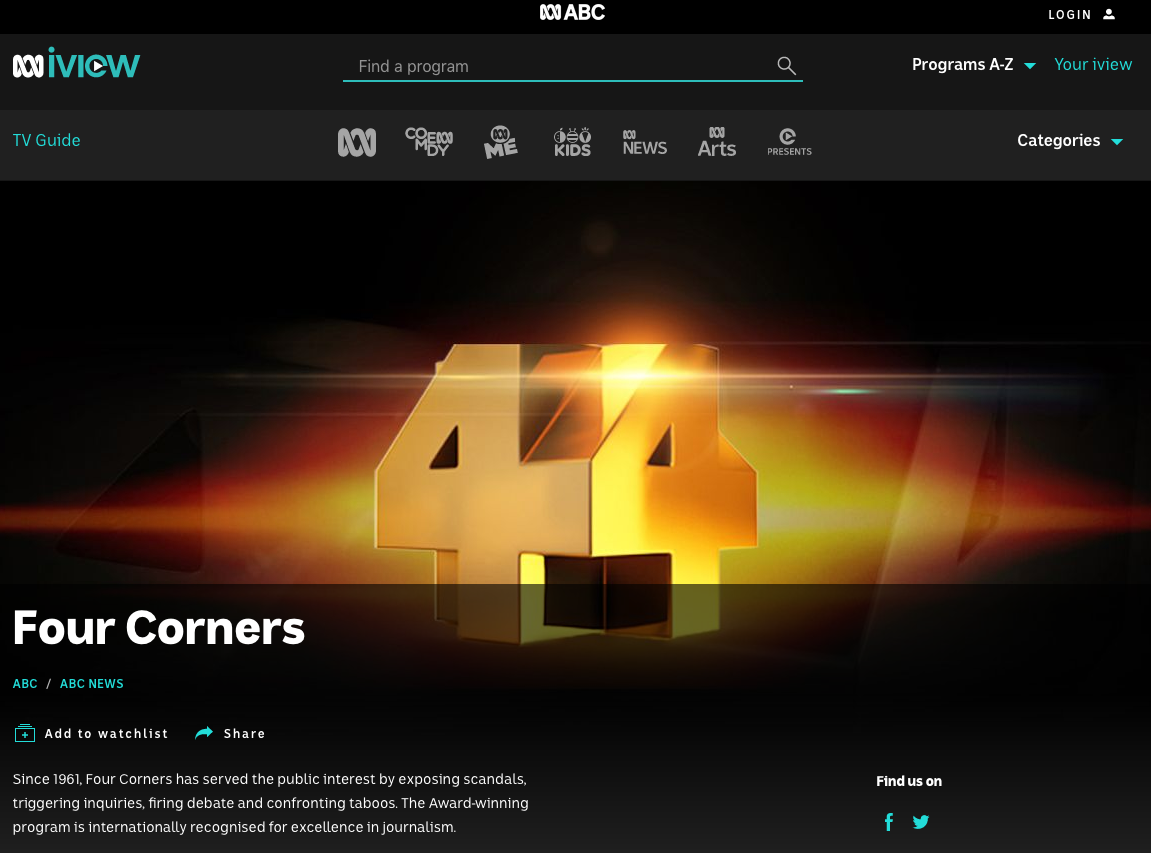Online Audience Engagement with Legacy and Digital-Born News Media in the 2019 Indian Elections
 In this factsheet, we studied online audience engagement with legacy and digital-born news media across social media platforms (Facebook and Twitter) and the open web during the 2019 Indian General Election on the basis of data collected between 11 April and 19 May. We analysed cross-platform online audience engagement with a sample of 101 major Indian news media during an election in which more than five thousand candidates ran for the 543 available seats in the Lok Sabha, the lower house of the Indian parliament, and nine hundred million eligible voters were called to the polls in the largest democratic election in the world.
In this factsheet, we studied online audience engagement with legacy and digital-born news media across social media platforms (Facebook and Twitter) and the open web during the 2019 Indian General Election on the basis of data collected between 11 April and 19 May. We analysed cross-platform online audience engagement with a sample of 101 major Indian news media during an election in which more than five thousand candidates ran for the 543 available seats in the Lok Sabha, the lower house of the Indian parliament, and nine hundred million eligible voters were called to the polls in the largest democratic election in the world.
Borrowing tools from social network analysis, we found that overall the Indian online news environment was not fragmented along partisan lines during election. Also digital-born and regional, vernacular-language media topped Twitter and Facebook election engagement, respectively. Interestingly, regional news outlets dominated the provision of political information on Facebook, with non-English, vernacular-language outlets by far the most active on the platform. National broadcasters came a distant second. On Twitter, digital-born outlets and national daily newspapers were the most active during the elections, though national broadcasters were close behind.
New Book Chapter
“Assessing the Structure of the Networks of Digital News Providers in Europe” inin Van den Bulck, H., Puppis, M., Donders, K., Van Audenhove, L. (eds.) The Palgrave Handbook of Methods for Media Policy Research, London: Palgrave MacMillan.
Digital-Born and Legacy News Media on Twitter during the UK General Election
In this RISJ factsheet, we presented an analysis of a sample of 4.26 million news-related tweets from a larger dataset of 28 million tweets collected during the 2017 UK General Election. The document examined the role of digital-born and legacy news media in online political discussions. To do this, we mapped Twitter discussions around a range of keywords and hashtags tied to the election as well as the activity of 129 British media outlets, including 105 legacy media and 24 digital-born outlets.
Our findings showed that legacy media, including most broadcasters – BBC News, Channel 4 News, and Sky News figured very prominently in the political discussion on Twitter. The Economist and the Financial Times as well as a few pure digital-players also drew high levels of engagement and attention on Twitter during the same period of time, though they were much less active in posting news content.

Overall, the study showed legacy media generated almost four times as much activity and engagement as digital-born news media during the election. More precisely, broadcasters were responsible for the highest number of tweets related to the election and were the more frequently mentioned during that period. Newspapers reached parity with broadcasters in terms of overall tweet volume during conventional political events like the television debates and the polling day.








